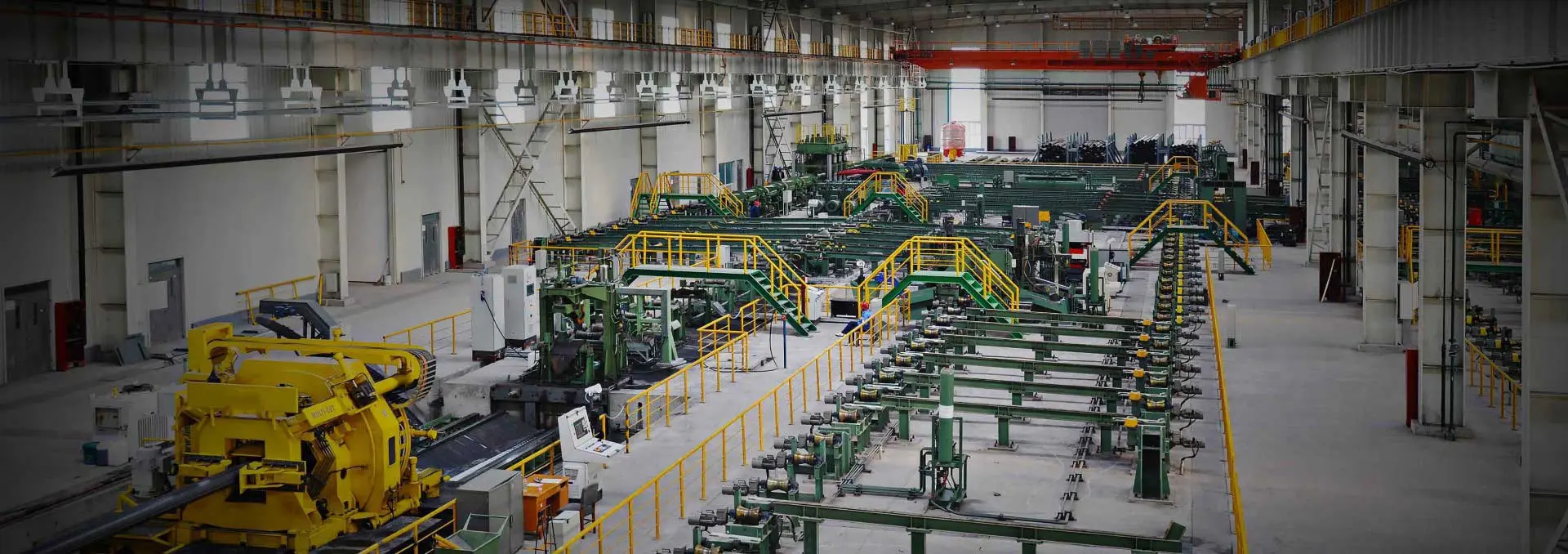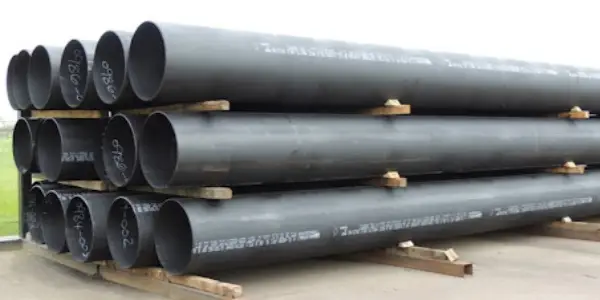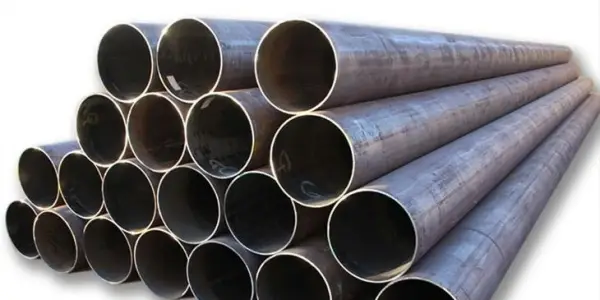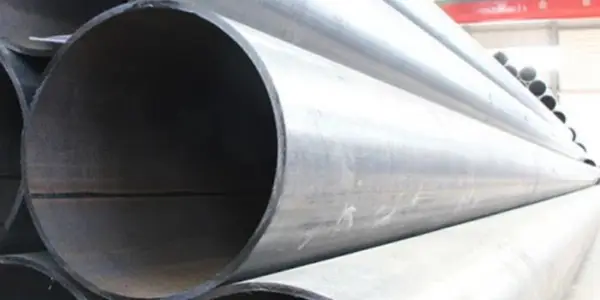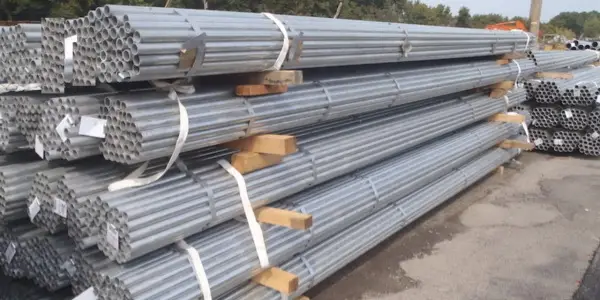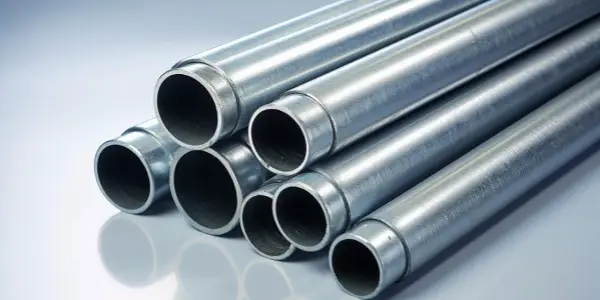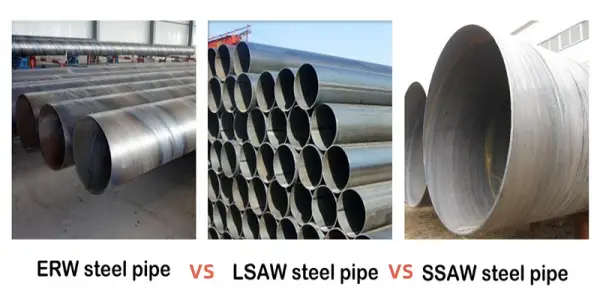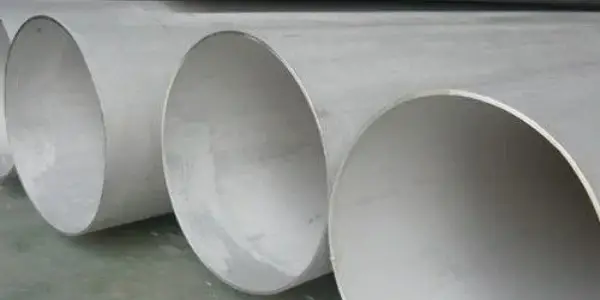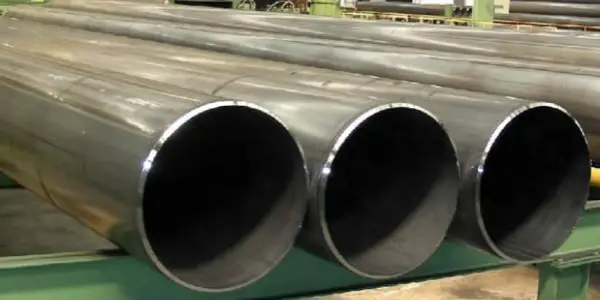-
ASTM ANSI ASME Three U.S. Standard Difference Is What?
Do pipe fittings trade staff will always encounter in the work of ASTM ANSI ASME three pipe fittings standard, many people see this standard is always silly to distinguish, today to tell you what the difference between the three in the pipeline?
Read More
-
Welded Steel Pipe Specifications, Classification And Various Uses
Steel pipe is a kind of hollow long steel, a large number of pipelines used to transport fluids, such as oil, natural gas, water, gas, steam, etc. In addition, in the same bending and torsion strength, the weight is lighter, so it is also widely used in the manufacture of mechanical parts and engineering structures. Also commonly used for the production of various conventional weapons, gun barrels, shells, etc.. And welded steel pipe, also known as welded pipe, belongs to the seamless steel pipe, is made of steel plate or strip steel after coil forming and then welding, usually 6 meters in fixed size. Welded steel pipe production process is simple, high production efficiency, more varieties and specifications, less investment in equipment, but the general strength is lower than seamless steel pipe.
Read More
-
Welded Pipe Abbreviations And Their Applications
First, the abbreviation of welded pipe
1. ERW pipe: resistance welded pipe, also known as long welded pipe. The production process of this welded pipe is to use heated steel strip for hot forming, and then use high frequency current to heat the weld seam for welding. This welded pipe has good welding performance and toughness.
2. SSAW pipe: spiral welded pipe, also known as spiral welded steel pipe. The production process of this welded pipe is welded by continuous spiral welding process. The welded pipe has good toughness and strength, and is suitable for a variety of high-pressure transportation pipelines.
3. LSAW pipe: straight seam submerged arc welded pipe, the production process of the welded pipe is to use arc electrode to weld the steel plate into a tube, and then submerged arc welding. The welded pipe is suitable for a variety of transportation pipelines, including oil and gas transportation.
Read More
-
What Conditions Are Galvanized Line Pipe Used For?
Galvanized line pipe is typically used in the following conditions to provide cable protection and corrosion resistance:
Read More
-
What Is The Application Range Of Galvanized Pipe?
First, the field of construction
Galvanized pipes are widely used in the construction field, mainly for indoor and outdoor water, gas, heating and heating projects. In some high-rise buildings, they can also be used as support poles. In addition, galvanized pipe is also an indispensable pipe in public buildings, such as hospitals, schools and docks.
Read More
-
Difference and Usage of ERW, LSAW and SSAW Steel Pipe
ERW is high-frequency resistance welding - LSAW; LSAW is submerged arc welding - LSAW; both belong to LSAW, but the welding process and use of the two are different, so they can't represent LSAW alone.SSAW - Spiral Welding - Spiral Welded Pipe is more common.
Read More
-
How Can We Distinguish The Difference Between Welded Steel Pipe And Spiral Steel Pipe?
Industrial production and manufacturing can not be separated from the use of various steel pipe needs, whether it is pipeline welding, or all kinds of industry special material handling and liquid gas transportation transmission, need a large number of welded steel pipe pipeline connection, such as oil and gas pipeline transportation these.
Read More
-
The Most Common Welding Methods For Stainless Steel Pipe
Stainless steel is a metal material with good corrosion resistance and high strength, which is widely used in the manufacturing industry. However, due to the special properties of stainless steel, its welding is difficult. Here are some of the most commonly used welding methods for stainless steel.
Read More
-
Which Gas Is Normally Used To Purge Stainless Steel Before Or During The Welding Process?
Before or during stainless steel welding operations, it is common to purge with a high purity inert gas. Stainless steel welded pipe tee automatic welder is penetrating, which means that the weld enters the inner diameter of the pipe and forms a structural joint. This type of weld has a smooth surface that can come into contact with any product, is simple to clean, and has no cracks or oxidized layers that could harbor and other contaminants. To enable sanitary design and compliance with standards and regulations, all food contact surfaces should be: smooth, impervious to water, free of cracks, and seams non-porous, non-absorbent, non-contaminating, inert and corrosion-resistant, maintenance-free, and cleanable.
Read More
-
DN1500 Q355C Large Caliber Straight Seam Welded Pipe
DN1500 Q355C large caliber LSAW pipe is a kind of steel pipe with high strength, excellent toughness and good welding performance. Its outer diameter is 1500mm, and the thickness of pipe wall can be adjusted according to the actual demand, generally the thickness is more than 10mm. This kind of welded pipe is made of high quality Q355C steel, so it has high yield strength and tensile strength.
Read More

 English
English Español
Español




 Tel : +86-18565811709
Tel : +86-18565811709 Email :
Email : 